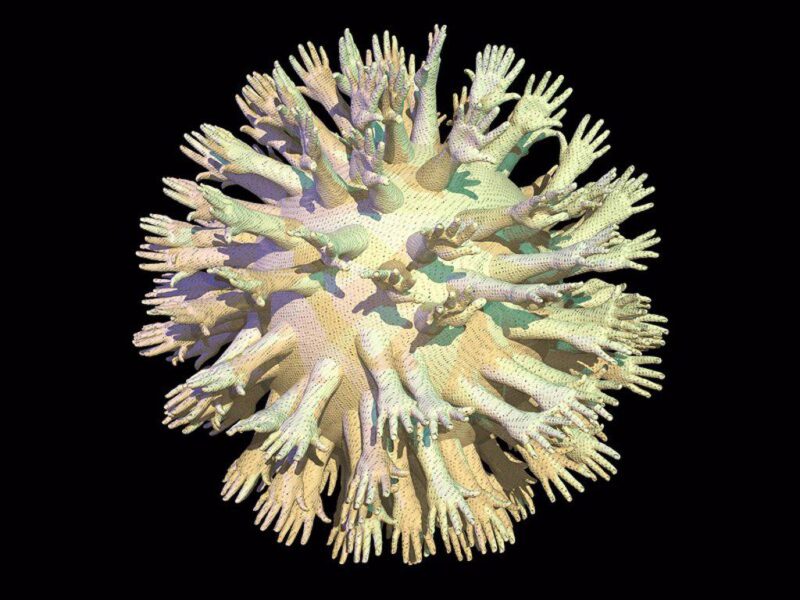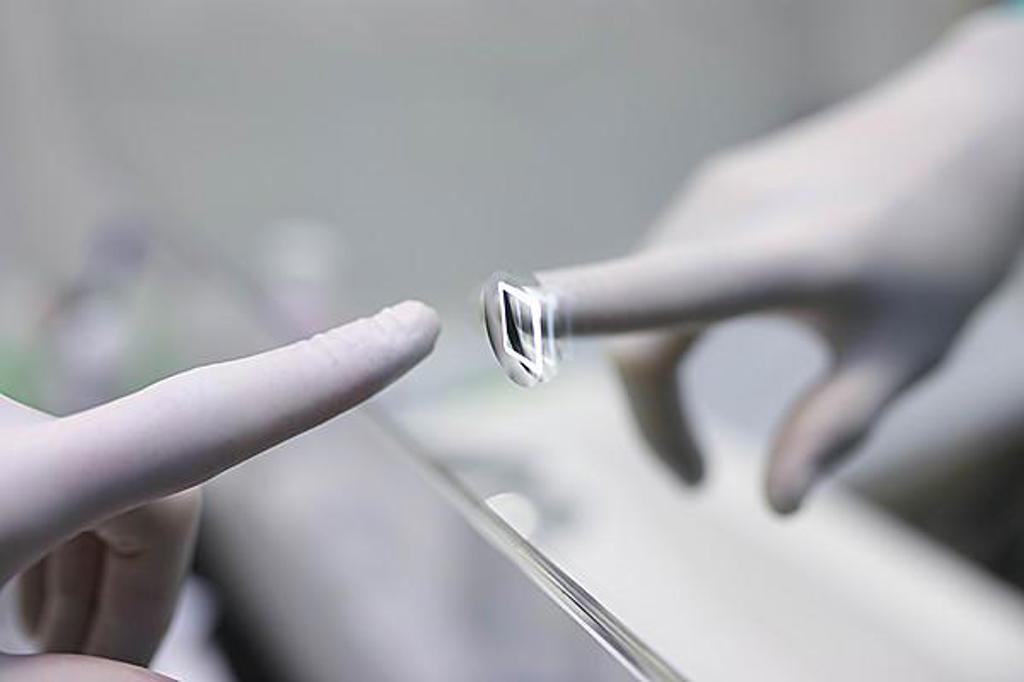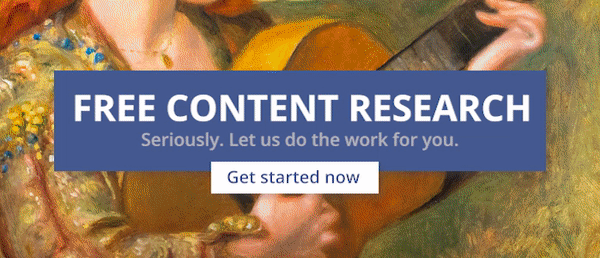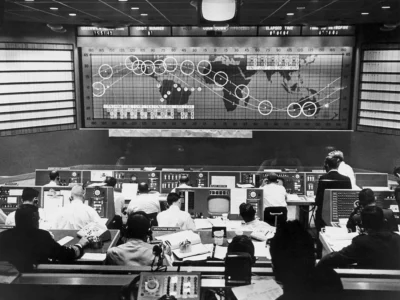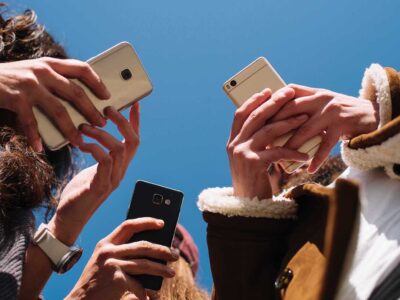Surrounded by Technology: How Brands Can Scale Creativity
- What makes gamification such a powerful training tool?
- Why are curiosity and empathy so critical for creative teams?
- Is “technostress” a real thing?
For brands of all sizes, in every product category, along with the marketing and advertising agencies that support them, there’s a howling wind blowing across the business landscape. Yes, it’s “technology,” but It’s much bigger than just another tech blip. It’s a tectonic shift.
Seemingly out of nowhere, tech tools that use algorithms to mine vast sources of data and “create” messaging and images have arrived, and for many who earn a living in the brand marketing professions, suddenly, job security seems a lot shakier than it was a year ago. What gives here? Are we living in the end of time? What about that brilliant campaign for that fintech start-up that’s still on the storyboard? Are marketing and other creative professions doomed to be taken over by the evil AI bots?
Fear not.
What This Means for You — VR, AR, AI, and other algorithmic technologies have already changed marketing forever. However, their arrival has the potential of making the professional lives of brand marketers more interesting, productive, and financially rewarding. To find out how, read on.
*****
It’s time to get your creative on and be inspired by curious images. We’ve put together a SuperStock gallery of images where whimsy meets reality and the line between planned and spontaneous blurs. Explore the conceptual, be tickled by the odd, and be utterly captivated by the bizarre. Click here.
*****
Replenishing the Imagination Deficit
The proliferation of technologies that use data to predict or mimic reality has revealed an interesting challenge for brand marketers and their agencies. We seem to have an imagination deficit. However, scaling curiosity and empathy can enable organizations to replenish it.
According to a recently released report from the business consulting behemoth Deloitte, “New technologies are becoming better at replicating the functional and technical aspects of work. And yet much of the differentiation going forward will likely come from what humans do or evolve to do, not technology.
“Today’s AI is capable of creation, using the methods and tools of music or visual art, and this ability may expand as technology advances. However, AI cannot replicate the curiosity and empathy that fuel imagination and lead to creative invention.”
A partial answer to dealing with this change, described by many tech-geeks as the biggest advance since the internet was launched, comes from a decidedly old-school source: Henry Ford. Yes, that Henry Ford. He was the guy who invented mass-production in manufacturing and built one of the most enduring brands in history.
Ford famously opined, “If you do what you’ve always done, you’ll get what you’ve always got.” The premise of this admonition is if you want something different out of your life you must put something different into it. This works for both cars and creativity.
The Deloitte report adds, “We are living in an age of disruption and yet also one of possibility. As well-known boundaries fall away and new technologies advance at ever faster speeds, anxiety can be a natural reaction. Both leaders and workers see risks, and they also find reasons for optimism.
“A door is opening to extraordinary opportunities to drive human performance: outcomes that benefit organizations, workers, and society. Crossing this threshold is putting a renewed premium on human capabilities—in particular, empathy and curiosity—both as an antidote to anxiety and an input to imagination. For organizations and workers to fully realize the opportunities available to them, they should have a scaled, operationalized way to grow and sustain human capabilities.”
The trend toward gamification to encourage engagement has been around for decades but using data to enhance these “games” for such things as employee training has added a little shot of rocket juice to the game! Plus, as psychologists have known for generations, the best way to do this is to “show” and not just “tell.”
Work Is Different Now
If you ever want to see a younger worker’s eyes glaze over, say something like “We didn’t have this problem back in the day!” Of course, this is true, in addition to being a painful cliche’! The problem with this trip down memory lane is that the objectives for every kind of work back then were different.
The management experts at Deloitte note that organizations have focused on developing specific, easily replicable functional or technical skills. Not only were these skills easier to teach but organizations were also operating in a more stable, predictable environment at the time. In that environment, executing repeatable processes to produce standardized products and services was the most effective way to operate at scale.
“As the world becomes more interconnected, scaling the efficient execution of processes is becoming less important than the ability to adapt to changing market conditions and drive new value. This ability, which is closely tied to entrepreneurship and innovation, depends less on training workers in specific technical skills than on cultivating curiosity and other human capabilities that allow people to respond to changing conditions and imagine different futures.”
In other words, it’s time for a new approach.
How to Scale Two Distinctly Human Traits
Ready for some more good news? Curiosity and empathy can be learned by employees, and when this happens, customers will respond with their debit and credit cards. Interestingly, some of the same techniques that go into creating demand for a new product or service can be used to pull this feat off. Training materials that are interactive, culturally sensitive and authentic are all important to this process. It’s useful to view this as advanced storytelling.
Before dashing off that “To-Do List,” it’s important to remember the germane aspects of data-based technologies such as virtual or augmented reality and AI to work. Deloitte notes, “Unlike many past technologies, these tools aren’t necessarily anchored to any one task or domain. Rather, they can excel at generating knowledge and drawing connections from massive sets of data and ideas. Consequently, they have the potential to help workers in numerous ways—many of which have yet to be imagined.
“At the same time, generative AI also has the potential to produce inaccurate information and reinforce existing biases from the data it’s trained on or the people who design it. Addressing these errors and biases will require the curiosity and empathy of the workers who use it.
“The success of these collaborations will likely depend on the degree to which organizations and workers can focus on developing curiosity, resilience, divergent thinking, emotional intelligence, and other human capabilities.”
There are several ways to develop these traits.
-
Practice. Practice. Practice.
Using virtual environments such as the metaverse and interactive, video-based training to show how potential customers might respond to the brand’s products or practices is an easy and inexpensive way to train for empathy and shore up that imagination deficit. This technique is particularly compelling for younger workers such as Gen Z, who have grown up watching videos on social media.There are also numerous, inexpensive AI-powered text-to-video platforms such as InVideo that uses a gamification model to show – not just tell – employees the right way to engage customers. Best Western Hotels recently used virtual reality to help workers better empathize with tired and frustrated travelers with its “I Care Every Guest, Every Time” training program.
-
Allow alternative work schedules.
New demands suggest new work schedules. To encourage more curiosity, one Japanese pharmaceutical company, Shionogi & Co., experimented with an optional four day workweek to allow workers to use the fifth day as an opportunity to gain experiences within the confines of their job, with the hope that they would infuse their digital upskilling and creativity into the business. -
Teach new skills.
Deloitte notes that IKEA, the global furniture company, is using AI technologies to transform its global call center operations, intending to both increase efficiencies and turn each agent into a designer—shifting the focus of their roles from procedure and process to creativity and human connection. IKEA implemented an AI bot named “Billie” to handle most routine customer requests, then invested in a comprehensive upskilling initiative for their 8,500 call center workers to strengthen design skills and human capabilities. -
Identify gaps and hire for this talent.
If an HR survey reveals a lack of communications skills necessary to encourage co-worker collaboration, innovative companies such as IDEO, a design and consulting company, set hiring criteria to find new employees who are motivated to apply this skill. AI powered role-playing videos can help further this hiring effort.
When People Thrive
Every generation worries about what technology means to their future work prospects. Even the workers who were dispatched to the assembly line in Henry Ford’s factory at the beginning of the 20th century must have felt at least a little awkward, at least until those paychecks and bonuses kept coming in!
In current times, there is even a popular term that has been coined to represent the professional angst employees feel while dealing with innovations such as artificial intelligence. The American Psychology Association calls this situation “technostress” and anyone staring down an AI chatbot knows that the struggle is real!
It’s up to the management of brand marketing teams, advertising agencies, marketing research groups and the entire ecosystem that supports the marketing of goods and services to adapt to this stress with compelling training which includes virtual reality and other data compilation platforms as a tool. That fabled “bottom line” that we hear so much about is this: When people thrive, business thrives.
*****
Teaching creative people to adapt to technology is not only possible, but CAN be exhilarating for all concerned. If your team wants to encourage curiosity and empathy, we have the pictures and footage to help. Hit us up here.


